Inbox and Environment News: Issue 427
November 3 - 9, 2019: Issue 427
Local Flowers Christmas Cards 2019
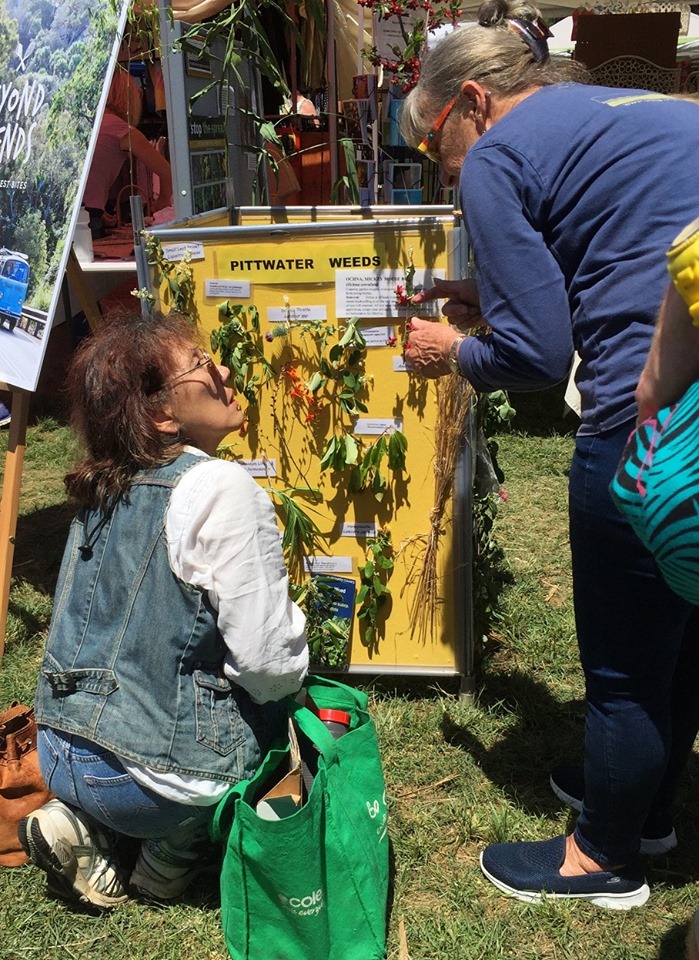
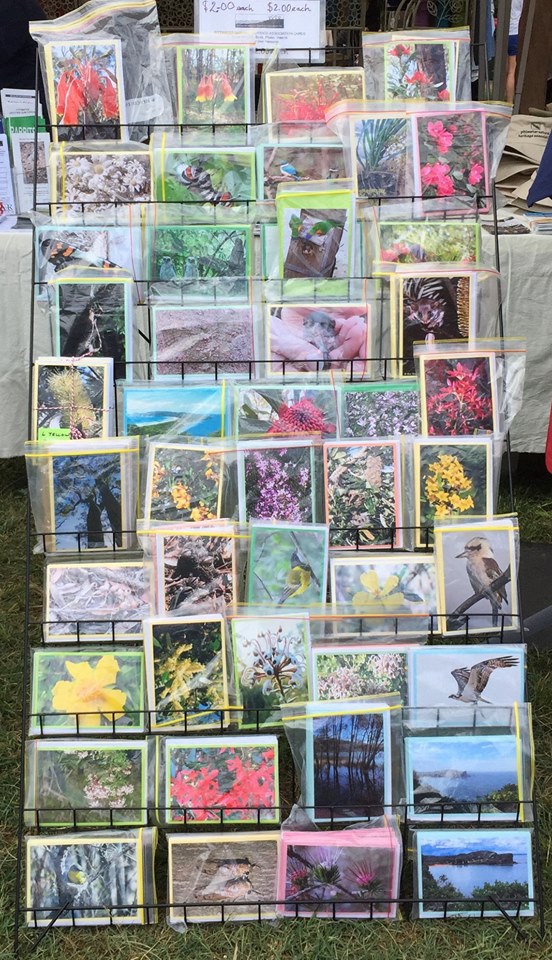
Avalon Boomerang Bags November Update
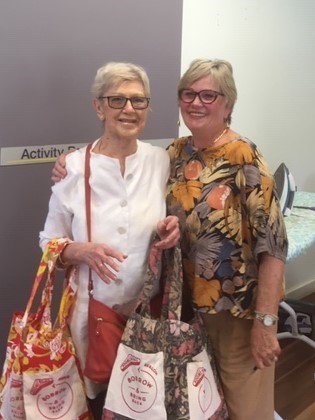
Bird Lovers: Drought Affecting Wildlife
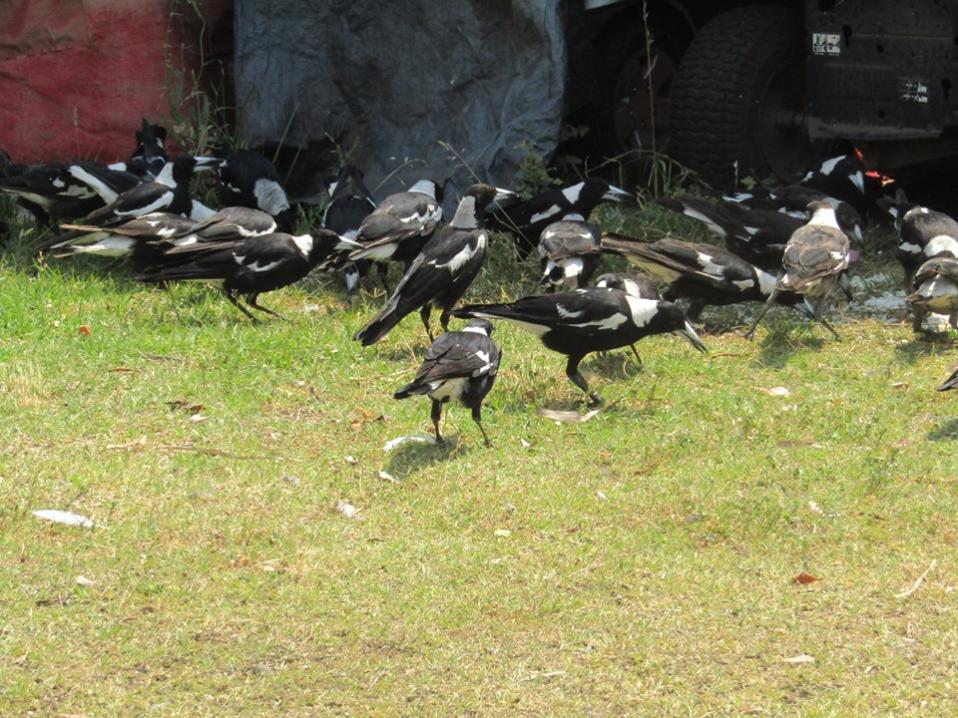
Most Native Bird Species Are Losing Their Homes; Even The Ones You See Every Day
Read more: An end to endings: how to stop more Australian species going extinct
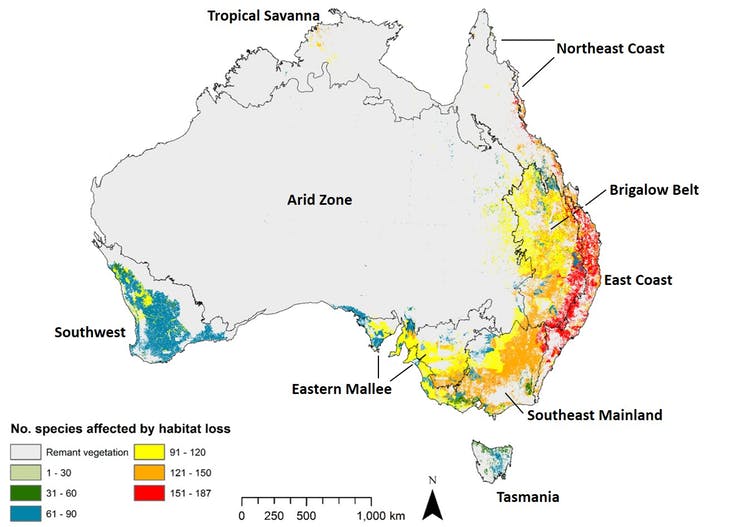
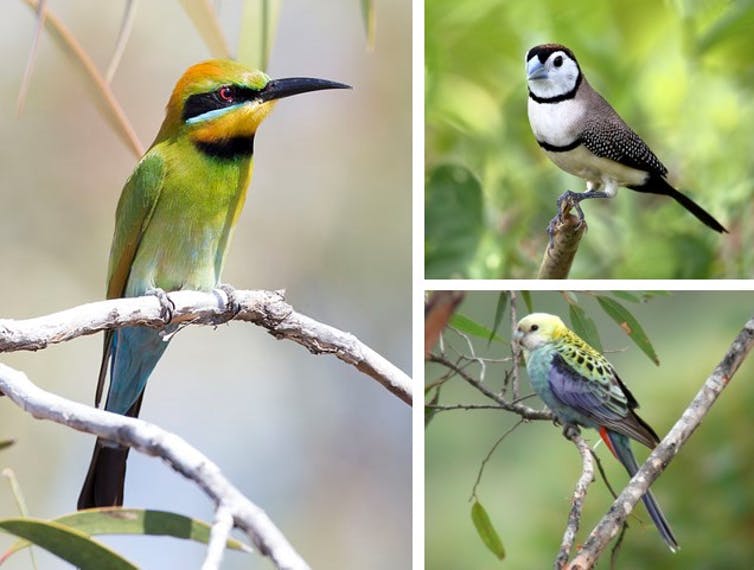
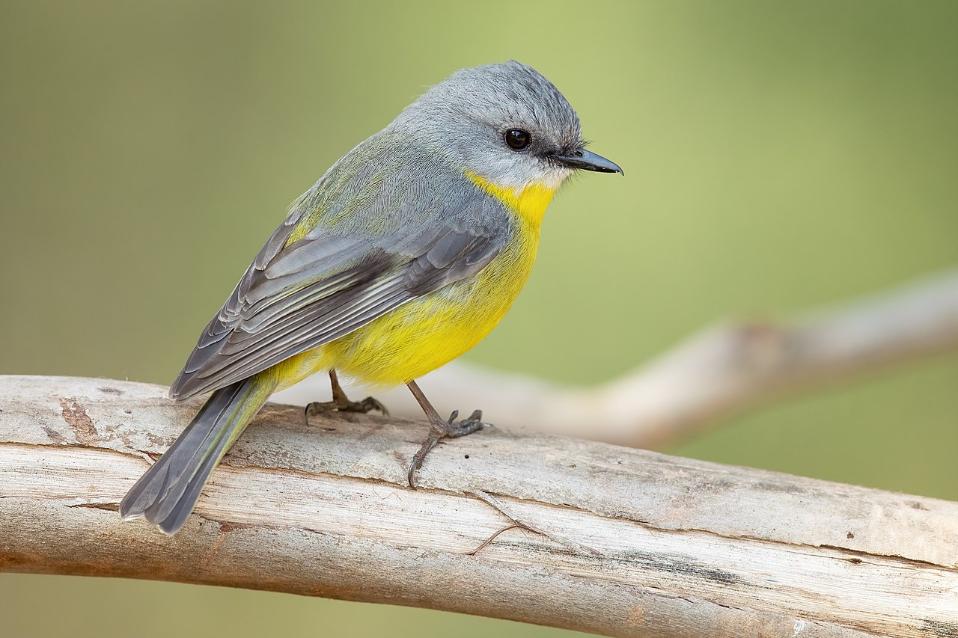
Whales And Dolphins Found In The Great Pacific Garbage Patch For The First Time
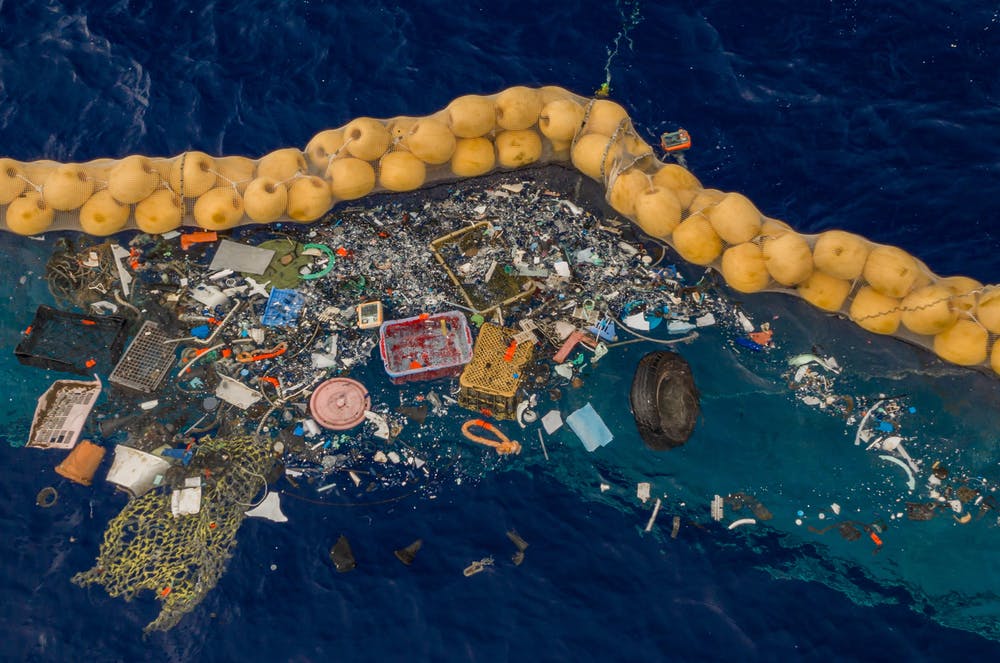
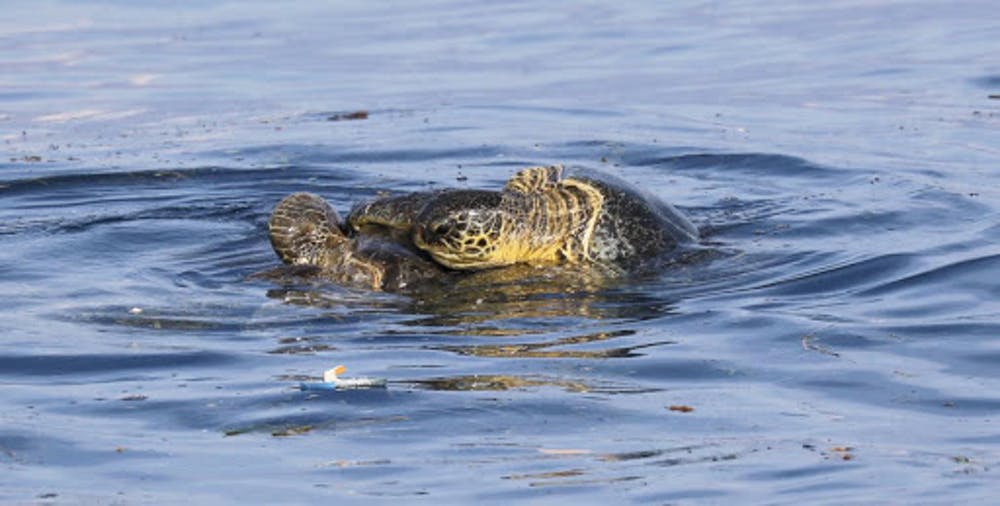
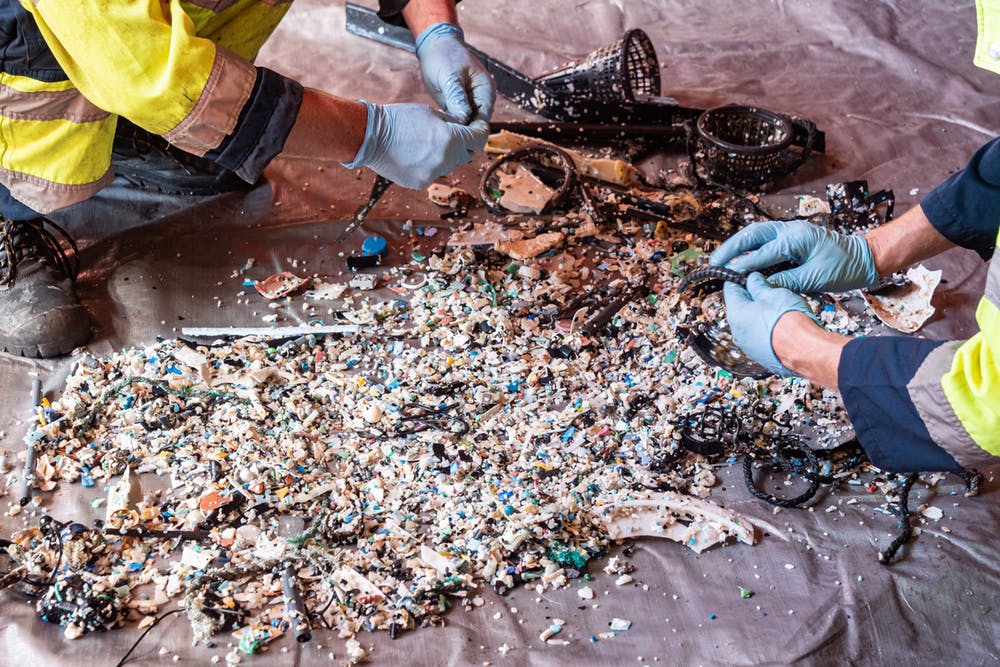

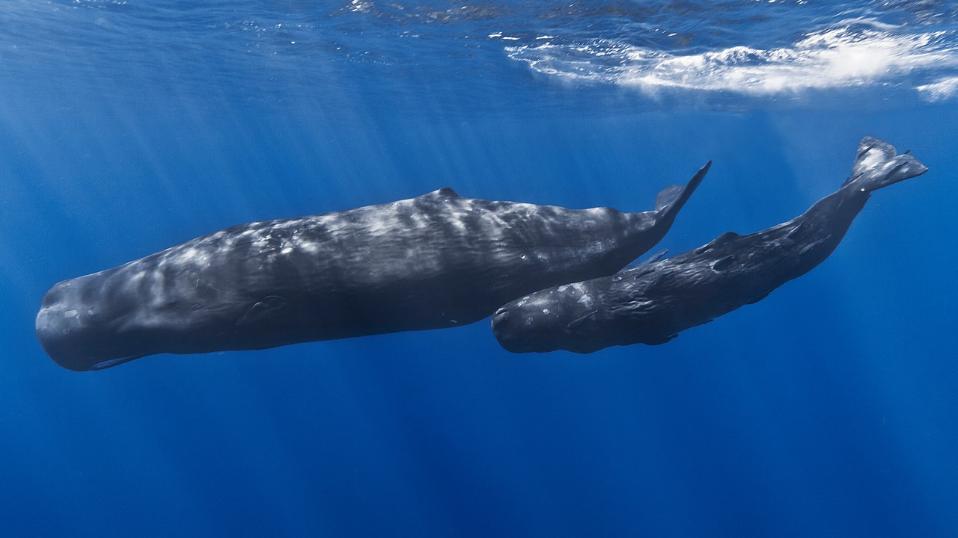
Citizen Scientists Butterfly Project
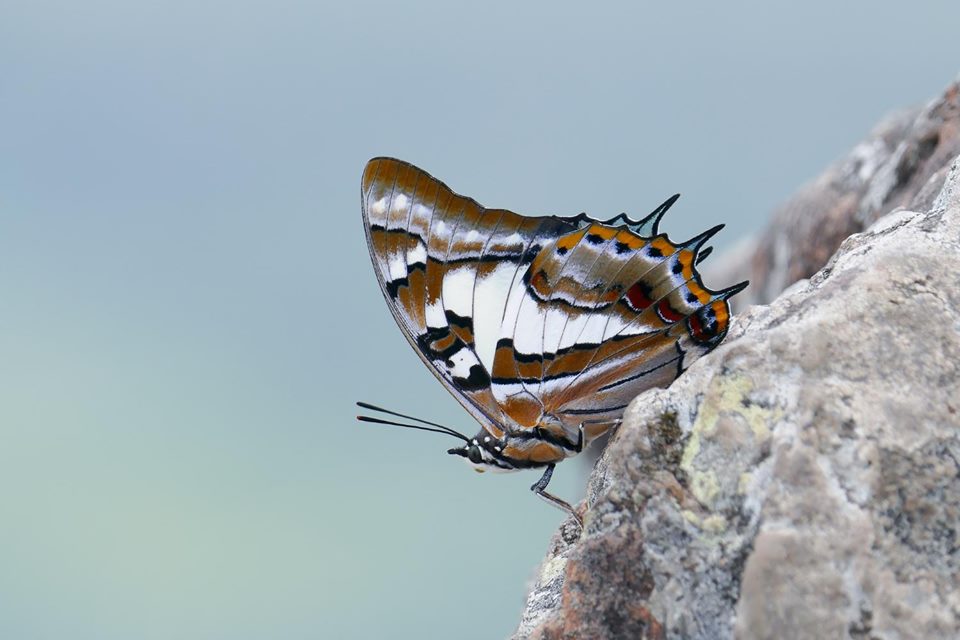
Halloween 2019
Dive With Giant Manta Rays In Mexico In 3D 360 | Our Blue Planet VR | BBC Earth
Beautiful Nomad – Black-Tailed Native-Hen At Pitt Town Lagoon
Aged Care In Australia: A Shocking Tale Of Neglect
- to provide more Home Care Packages to reduce the waiting list for higher level care at home
- to respond to the significant over-reliance on chemical restraint in aged care, including through the seventh Community Pharmacy Agreement
- to stop the flow of younger people with a disability going into aged care, and speed up the process of getting out those young people who are already in aged care.
- is designed around transactions, not relationships or care
- minimises the voices of people receiving care and their loved ones
- is hard to navigate and does not provide information people need to make informed choices about their care
- relies on a regulatory model that does not provide transparency or an incentive to improve, and
- has a workforce that is under pressure and under-appreciated and that lacks key skills.
National Seniors Welcomes Royal Commission Interim Report
Intergenerational Care Website Launched
- an overview of the study and its background
- preliminary research findings
- program development and implementation details
- the project’s evaluation and implications for the aged care sector.
Interim Report From The Royal Commission Into Aged Care Quality And Safety
- establishing the new Aged Care Quality and Safety Commission to deliver a tough and vigilant cop on the beat to improve quality and safety
- allocating $38.4 million over five years to strengthen regulation through risk-based targeting and information sharing
- on 1 July 2019, implementing new tougher Aged Care Quality Standards and a new Charter of Rights covering 14 fundamental rights for seniors receiving aged care
- mandating participation in the quality indicator program from 1 July 2019
- implementing new provider requirements to minimise the use of restraints in residential aged care
- investing $4.6 million to trial a new residential care funding tool (to replace the Aged Care Funding Instrument)
- increasing the provision of home care packages by 161 per cent from 60,308 in 2012-13 to 157,154 in 2022-23. Over the same period, funding for home care packages will increase by 242 per cent due to growth in high-level packages.
New Medicare Support For Older Australians
Aged Care Royal Commission Interim Report Provides Government The Mandate To Commence Transformation By December MYEFO
Which Work Experience Type Are You?
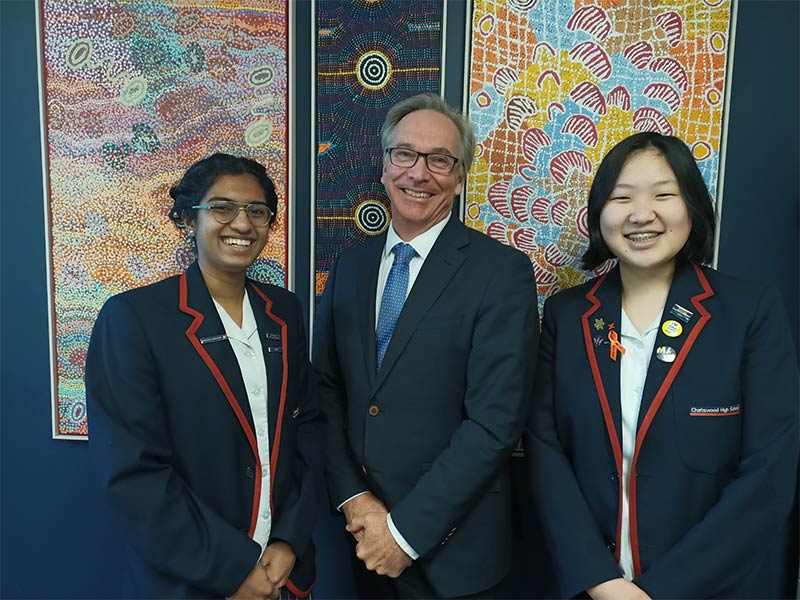
Long days, heavy loads: what the best boy does on a film set

Recalling his early days in television as a “best boy” on The Sullivans (1976-1983), Adelaide-based Richard Rees-Jones remembers a time when lighting departments were teams of just two. At Crawford Productions, two gaffer/best boy teams would work either in the studio, shooting videotape, or on location, shooting film.
Rees-Jones, now a sought-after gaffer of vast experience (Snowtown in 2011, Hotel Mumbai in 2018) whose son has grown up in the family business, explains the origins of the term:
The gaffer got his name from the long, hooked pole he carried, like a fisherman’s gaff. Early on, in the theatre, they used gaffs to adjust lights suspended from rigs above the stage.
Continuing the seafaring theme, Rees-Jones describes the best boy as “like the gaffer’s first mate”.
Agile And Quick
When a gaffer needed help, Rees-Jones explains, he might say “send me your best boy”. Such a boy would need to be strong, agile, and quick; unafraid of heights, and accustomed to heavy work. He would have to work in cramped conditions with dangerous equipment, control crude lanterns, and be immediately responsive to instruction.
The role and its responsibilities grew with the advent of film, alongside fast developing technology. While not necessarily electricians, best boys require a detailed working knowledge of electricity, calling in qualified electricians as required. The skill set may extend further, to colour theory, the use of natural light, and divining the movement of clouds.
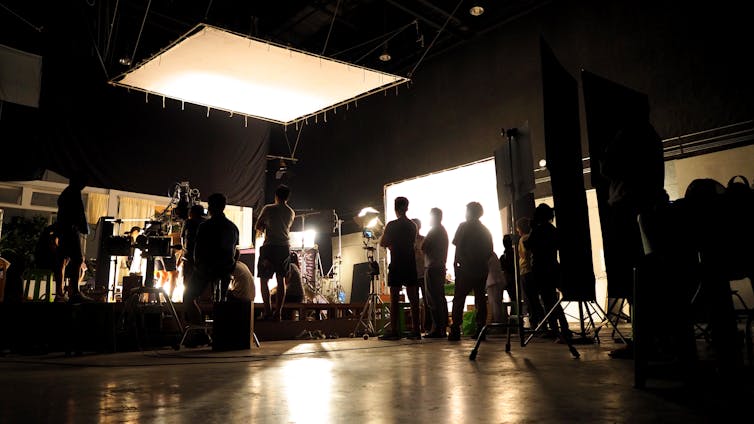
By the time I, as a young actor, understood the role, best boys were multi-skilled, and indispensable. They drove heavy vehicles, carried 30 kilogram coils of cables without effort, and led other men in muscling into place lamps weighing twice as much. They could supervise or run generator trucks, and trim fiercely burning arc lamps that turned night into day. They murmured quietly into radios in a sovereign language that spoke of “brute-arcs”, “HMIs” and “Molebeams”.
At the end of a 12-hour day, they could pack four tonnes of equipment into trucks in 30 minutes. Such men were often rewarded with slabs of beer - wrap drinks - before their long drive to motel beds bereft of springs, the alarm before dawn, and the chance to do it all again.
Best Men, Sometimes Women
While many go on to become gaffers or key grips, best boys can forge long careers in film and television.
Alan Dunstan’s career began on Storm Boy (1976) as an electrician. He was still working as a best boy on The Matrix Trilogy (1999-2003). From Melbourne, Peter Moloney’s career spanned The Getting of Wisdom (1977), Muriel’s Wedding (1997), and The Secret Life of Us (2001). Sydney-based Grant Wilson’s credits reveal a start as technician on the miniatures unit of Moulin Rouge (2001); last year he was best boy on Ladies in Black (2018).
Best boys work in environments with clear hierarchies. This does not preclude women. Some sources refer to best girls but the term “best boy” may be used for both genders on set. Some women enter film via concert lighting. More recent and specialised technical roles may see more women in electrics; currently they are better represented in camera and other departments.
Not Just Muscle
On big budget films especially, large lighting crews require efficient management. When the gaffer appoints a best boy, it might not be because he is the most expert in a particular skill, but because he is an effective manager.
The management function may even be divided, and two best boys appointed. The term best boy grip is also frequently used but relates another department.
Best boys are alert to the balance of personalities, to the challenges of life on the road, and the physical demands of taxing work. Almost invisibly to other film crew, members of a lighting department might be spelled for an hour, given lighter duties, as the best boy ensures that the heavy lifting is shared.
A Sweaty Ballet
There is a point in the filmmaking process when the best boy’s role and personal qualities are most easily observed. Rehearsing film and television is a brief and structured process. Quiet is called. After an initial “line-run” between actors, a “block-through” determines their movement within the set or location.
Camera angles are discussed, agreed, and announced, whereupon the first assistant director declares “a lighting set”. At this point, actors are invited to relax (code for “get off the set, you’re in the way”). Now, the best boy marshals the lighting build, work that must be done quickly, but which cannot be rushed. It is a period of high activity, of the movement of unwieldy objects in confined spaces. It has often seemed to me vaguely balletic, if sweat, balance and lifts are measures.
The lighting set offers a brief window on film’s intersection between manufacturing and art, for with the best boy’s cry of “coming up!” switches are thrown, lights glow, and that window suddenly warms like Vermeer’s, or Hopper’s, or those of our childhood.
With LED lighting replacing older style lamps, film sets are much cooler places than they once were. But best boys have always been cool.
In my experience, the commonly recited answer to the question “why are you called the best boy?” has always been the same. With studied nonchalance, shrugging under the weight of something preposterously heavy, the best boy grins.
“Because I’m very, very good.”
And so he is.![]()
Lewis Fitz-Gerald, Lecturer, University of New England
This article is republished from The Conversation under a Creative Commons license. Read the original article.
Who Owns The Content On Social Media?

Australian Pollinator Week 10-17 November
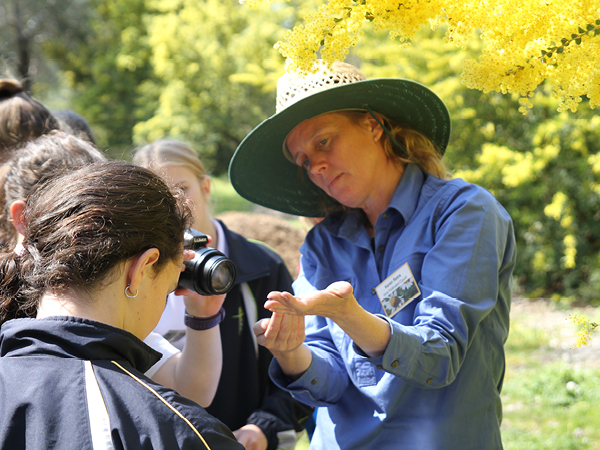
Basics The Ingredients For Student Success
- A stronger emphasis on STEM subjects;
- Reducing the amount of content in the curriculum so students have time to build in depth subject knowledge and develop the skills needed to apply knowledge in the real world;
- Flexible progression that uses levels of attainment to organise syllabuses so students are recognised and challenged according to where they are on the continuum of learning.
Work-Life Conflict Takes Toll On Personal Wellbeing: 2019 National Working Families Report
New Green Slip Savings For NSW Drivers
Advisory Council To Accelerate R&D Investment In NSW
- David Gonski AC - Chair
- Maxine Brenner
- Jillian Broadbent AC
- Phil Marcus Clark AO
- Professor Hugh Durrant-Whyte
- Professor Barney Glover AO
- Professor Brigid Heywood
- Catherine Livingstone AO
- Professor Mary O’Kane AC
- Daniel Petre AO
- Professor Michelle Simmons AO
- Jennifer Westacott AO.
Breast Cancer MRI Added To Medicare
- Diagnosis of breast cancer in patients where other imaging was inconclusive and a biopsy has not been possible; and
- Pre-surgical planning for patients diagnosed with invasive breast cancer, where there is discrepancy between clinical assessment and conventional imaging assessment.
Who Owns The Content On Social Media?

New Recycling Facility And Water Scheme Secures Parkes's Water Future
Disclaimer: These articles are not intended to provide medical advice, diagnosis or treatment. Views expressed here do not necessarily reflect those of Pittwater Online News or its staff.